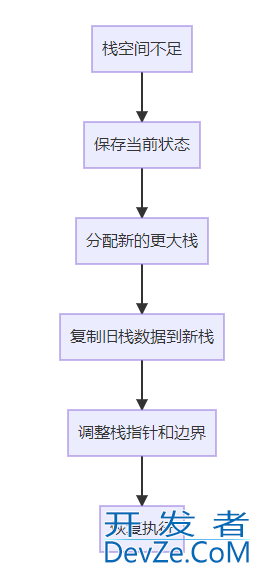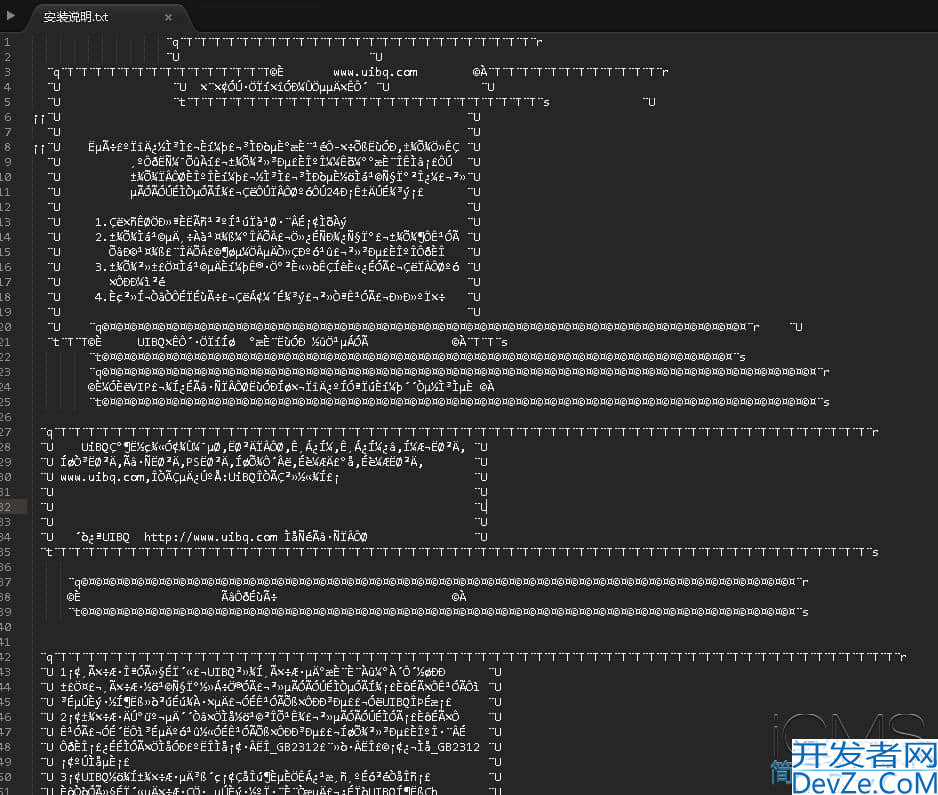SpringBoot实现方法级别的环境隔离的几种方式
目录
- 1. 使用 @Profile 注解方法级别(Spring 5+)
- 2. 使用环境判断(推荐)
- 3. 使用条件注解 + 方法委托
- 4. 使用 SpEL 表达式
- 5. 使用策略模式 + 环境判断
- 最佳实践建议
在Spring Boot中,如果你想在@Service类中让某个方法具备环境隔离特性(即根据不同的环境执行不同的逻辑),有几种实现方式:
1. 使用 @Profile 注解方法级别(Spring 5+)
@Service
public class MyService {
@Profile("dev")
public void devMethod() {
System.out.println("This is DEV environment method");
}
@Profile("prod")
public void prodMethod() {
System.out.println("This is PROD environment method");
}
}
注意:Spring 5.x 开始支持在方法级别使用 @Profile,但需要确保你的Spring版本支持此特性。
2. 使用环境判断(推荐)
@Service
public class MyService {
@Autowired
private Environment env;
public void environmentAwareMethod() {
if (env.acceptsProfiles("dev")) {
devLogic();
} else if (env.acceptsProfiles("prod")) {
prodLogic();
}
}
private void devLogic() {
System.out.println("DEV specific logic");
}
private void prodLogic() {
System.out.println("PROD specific logic");
}
}
3. 使用条件注解 + 方法委托
public interface EnvironmentSpecificService {
void execute();
}
@Service
@Profile("dev")
public class DevServiceImpl implements EnvironmentSpecificService {
@Override
public void execute() {
System.out.println("DEV implementation");
}
}
@Service
@Profile("prod")
public class ProdServiceImpl implements Enviro编程nmentSpecificService {
@Override
public void execute() {
System.out.println("PROD implementation");
}
}
@Service
public class MyService {
@Autowired(required = false)
private EnvironmentSpecificService environmentSpecificService;
public void doWork() {
if (environmentSpecificService != null) {
environmentSpecificService.execute();
} else {
http://www.devze.com System.out.println("Default implementation");
}
}
}
4. 使用 SpEL 表达式
@Service
public class MyService {
@Value("#{environment.acceptsProfiles('dev') ? devMethod() : prodMethod()}")
public void environmentSpecificMethod() {
// 这个方法的实现会被SpEL表达式替换
}
public void devMethod() {
System.out.println("DEV method");
}
public void prodMethod() {
System.out.println("PROD method");
}
}
5. 使用策略模式 + 环境判断
public interface EnvironmentStrategy {
void execute();
}
@Service
public class DevStrategy implements EnvironmentStrategy {
@Override
public void execute() {
System.out.println("DEV strategy");
}
}
@Service
public class ProdStrategy implements EnvironmentStrategy {
@Override
public void execute() {
System.out.println("PROD strategy");
}
}
@Service
public class MyService {
php @Autowired
private Environment env;
@Autowired
private List<EnvironmentStrategy> strategies;
public void executeEnvironmentSpecific() {
strategies.stream()
.filter(this::matchesCurrentEnvironment)
.findFirst()
.ifPresent(EnvironmentStrategy::execute);
}
private boolean matchesCurrentEnvironment(EnvironmentStrategy strategy) {
js if (strategy instanceof DevStrategy) {
return env.acceptsProfiles("MYHkFdev");
} else if (strategy instanceof ProdStrategy) {
return env.acceptsProfiles("prod");
}
return false;
}
}
最佳实践建议
- 简单场景:使用方法级别的环境判断(方式2)最简单直接
- 复杂逻辑:推荐使用策略模式(方式5),更符合开闭原则
- 需要复用:考虑将环境特定逻辑提取到单独的Service中(方式3)
- Spring 5+:如果确定版本支持,方法级别的
@Profile(方式1)最简洁
注意:方法级别的环境隔离可能会增加测试复杂性,确保为不同环境编写相应的测试用例。
到此这篇关于SpringBoot实现方法级别的环境隔离的几种方式的文章就介绍到这了,更多相关SpringBoot方法级别的环境隔离内容请搜索编程客栈(www.devze.com)以前的文章或继续浏览下面的相关文章希望大家以后多多支持编程客栈(www.devze.com)!






 加载中,请稍侯......
加载中,请稍侯......
精彩评论